The last supper
350 $
The last supper
“The Last Supper” is a renowned masterpiece painted by Leonardo da Vinci in the late 15th century, specifically between 1495 and 1498, and is housed in the Convent of Santa Maria delle Grazie in Milan, Italy. This iconic mural captures a pivotal moment in Christian history—the final meal shared by Jesus Christ and his twelve apostles before his crucifixion. The painting transcends mere representation; it conveys deep emotional and theological significance, inviting viewers to contemplate themes of betrayal, sacrifice, and divine love.
The composition of “The Last Supper” is notable for its dramatic arrangement and innovative use of perspective. Da Vinci expertly utilizes linear perspective, with the vanishing point centered on Christ’s head, drawing the viewer’s gaze toward the figure of Jesus. This technique enhances the sense of depth and realism, positioning Christ as the focal point amidst the chaotic emotional responses of the apostles, who are arranged in groups of three. This grouping not only creates a dynamic visual rhythm but also emphasizes the diverse reactions of the apostles to the shocking revelation of Jesus’ impending betrayal.
One of the most significant aspects of “The Last Supper” is the moment it captures—the announcement of Judas Iscariot’s betrayal. As Jesus states, “One of you will betray me,” the apostles exhibit a range of emotions, from shock and confusion to anger and disbelief. Da Vinci masterfully conveys these emotions through the facial expressions and gestures of the apostles. Peter, often depicted as protective, has an intense expression, while John, leaning into Jesus, appears serene yet troubled. Judas, depicted in shadow and clutching a small bag of silver, leans away from the group, embodying isolation and guilt. This interplay of emotions serves to heighten the dramatic tension of the scene.
The use of color and light in “The Last Supper” also contributes to its emotional impact. Da Vinci employs a muted color palette that contrasts with the figures’ vibrant attire, allowing the viewer to focus on the expressions and interactions of the apostles. The light source, thought to come from the left, highlights Christ’s figure, casting gentle shadows that create depth. The chiaroscuro technique enhances the three-dimensionality of the figures, adding to the painting’s lifelike quality and drawing attention to the central figure of Christ.
The spiritual significance of “The Last Supper” extends beyond its artistic merit. It serves as a meditation on the themes of sacrifice and redemption inherent in Christian theology. The moment depicted is not merely a farewell meal; it is a profound expression of Jesus’s love and commitment to humanity. By including the bread and wine on the table, Da Vinci foreshadows the institution of the Eucharist, symbolizing Christ’s body and blood. This reinforces the idea of sacrifice, as Jesus prepares to suffer for the sins of the world. The painting invites reflection on the nature of betrayal and forgiveness, encouraging viewers to contemplate their own spiritual journeys in light of these themes.
In terms of technique, “The Last Supper” is particularly noteworthy due to Da Vinci’s experimental approach. Unlike traditional fresco techniques, which involved painting on wet plaster, Leonardo used a method of tempera on dry plaster, resulting in a more vibrant color that unfortunately deteriorated quickly. This innovative choice has led to significant deterioration over the centuries, necessitating extensive restoration efforts. These challenges only heighten the significance of the work, as it symbolizes the fragility of human existence and the passage of time.
Throughout history, “The Last Supper” has inspired countless interpretations and reproductions in various forms of art, literature, and popular culture. From murals to adaptations in cinema, the painting’s themes continue to resonate with audiences across generations. Its influence is evident in how we think about sacrifice and community, especially in the context of shared meals—a universal act that fosters connection among individuals.
The cultural impact of “The Last Supper” is profound. It has become a central reference point in discussions of art history, religious representation, and the interplay between faith and artistic expression. In contemporary society, it challenges individuals to consider their own relationships, the dynamics of betrayal and trust, and the concept of shared experiences within their communities.
In conclusion, Leonardo da Vinci’s “The Last Supper” stands as a monumental achievement in the history of art. Its masterful composition, emotional depth, and theological significance have allowed it to endure as one of the most recognizable and revered paintings in the world. Capturing a moment ripe with tension and meaning, it invites viewers to engage in a deeper understanding of sacrifice, faith, and the complexities of human relationships. This iconic mural not only reflects a critical moment in Christian tradition but also serves as a timeless reminder of the profound connections that bind humanity together.
Product specifications:
- Delivery is available within 15 days
- Bethlehem Jewelry Factory Holy Land, Israel
-
Material: Olive wood
Weight : 5.5LB
Length: 13 inches (330mm)
Width: 13 inches (330mm)
Height: 5 inches (120mm)
- Resizable: No
- Made in the Holy Land

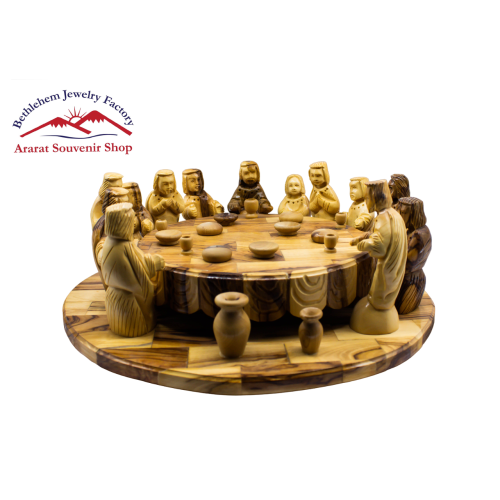




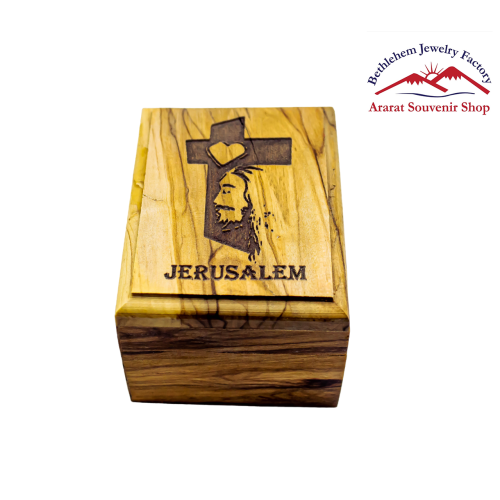
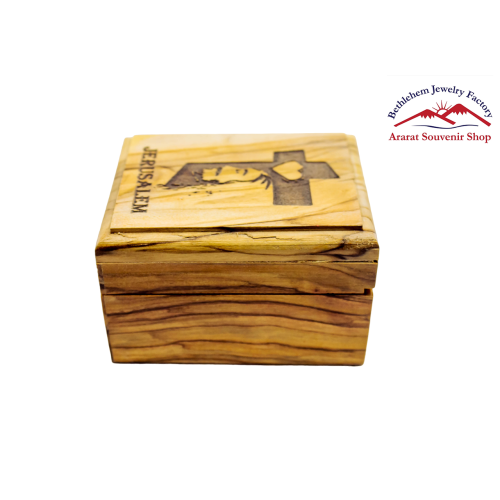
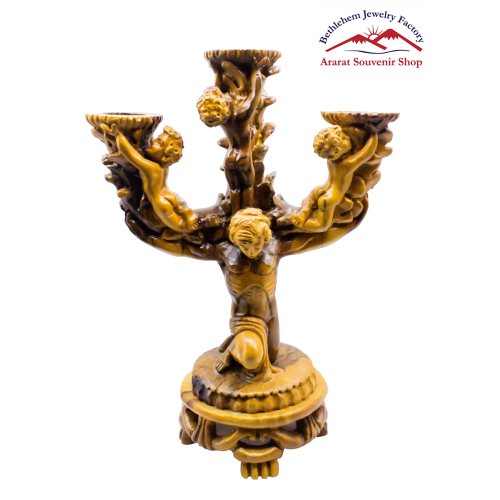
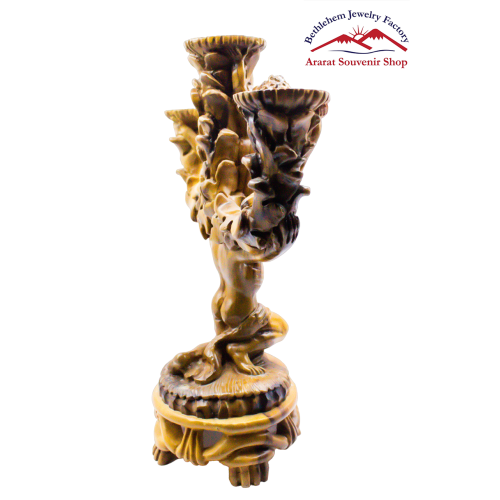

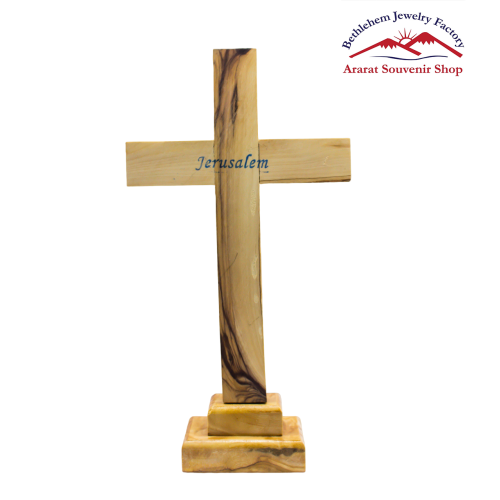
Reviews
There are no reviews yet.